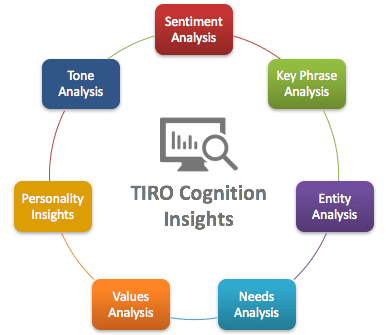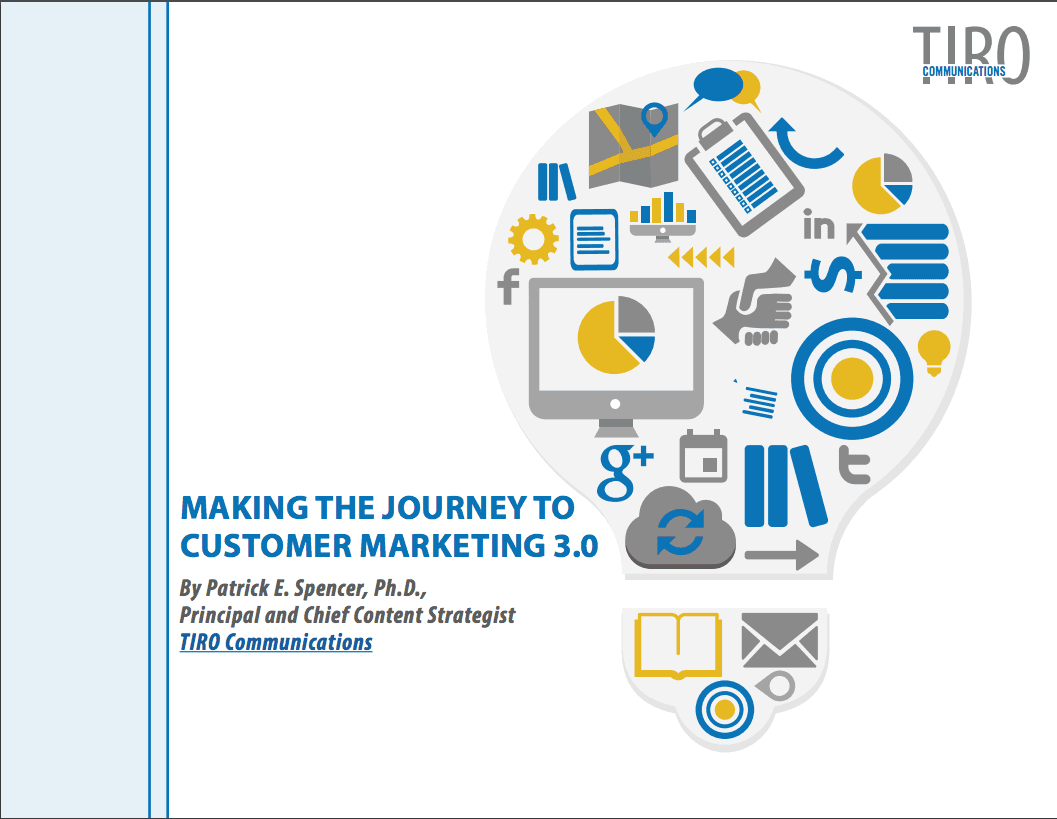
The Intertwining of Customer Marketing and Sales
- By Patrick Spencer
- •
- 02 Feb, 2015
- •
Relationships, Technology, and Accoutability

Customer
Marketing 3.0 challenges marketing leaders to reevaluate not only their
customer marketing activities but vast facets of their marketing organizations.
The relationships customer marketing practitioners develop and maintain with
each of these different groups—from sales, to customer success, to product, to
finance, to IT—evolve from ones largely focused on tactical issues to ones that
are much more strategic in scope.
Customer marketing practitioners go from being viewed and treated as “order takers” to strategic advisers. With this change, they have the ability to help nurture prospects throughout all stages of their journeys and to apply business levers that do everything from generate leads to influence purchase decisions.
To make the transition to Customer Marketing 3.0, the mindset and approach of the sales team must change. The following are some of the more important areas that must change:
1. A New World of Relationships
The relationship between customer marketing and sales changes dramatically with Customer Marketing 3.0. No longer is the sales team a passive customer expecting to be serviced by customer marketing. Rather, like product managers and marketers, sales assume shared metrics and responsibilities; their relationship management activities are not merely focused on turning prospects into customers and selling additional product—or increasing utilization levels—to customers but also on turning customers into advocates.
And the relationship work does not end there: sales plays an important part in retaining customers as advocates. Sales leaders and individual account managers who fail to make this recognition hamstring both themselves and their marketing counterparts, to the detriment of the larger organization.
Sales professionals wed to old habits of going outside of advocacy program boundaries propagate bad behaviors and should be retrained through the use of “carrots” and “sticks.” And for those who are recalcitrant and unwilling to embrace this expanded, more strategic role for sales, organizations would be wise to remove and replace them with professionals who do get this new reality; retrenchment and a focus on short-term gains is the wrong decision in the face of long-term success.
2. Alignment of Technology
Alignment of marketing and sales is the foremost priority. Secondary objectives such as integration of your advocacy management systems—whether those used for prospecting and cultivating advocates like Influitive, Amplifinity, Zuberance, TapInfluence, Totango, orNextBee, or those used to track and manage sales and marketing activities such as Boulder Logic, Point of Reference, or RO Innovation—with CRM systems are just as important. Customer Marketing programs are unsustainable without these lynchpins in place.
Since sales is a critical ally for customer marketing, it is crucial to provide sales with robust, self-service tools that enable them to quickly find and use advocates—for everything from P2P calls and on-site visits, to content (e.g., case studies, videos, eBooks, webinars, etc.), to RFP and RFQ substantiation. These tools need to integrate into the organization’s CRM system and provide simple, user-friendly capabilities.
Just as important as the above is the need for the tracking and reporting on advocate utilization by sales is non-negotiable. If you cannot report and demonstrate the business value of customer marketing, then you will spend all of your time fighting for adoption and support (resources and financial).
3. Accountability
The final piece is sales accountability. Sales leaders and individual contributors are relationship owners, and Customer Marketing is all about relationship management and leveraging those relationships to drive deeper and broader connections within each account. Sales leaders and contributors who fail to grasp this central tenet are operating in old-school silos and should be replaced with professionals willing to think more strategically about their account relationships.
To the Frontier and Beyond
There are vast opportunities to be uncovered in the realm of Customer Marketing 3.0. They extend beyond the frontiers of customer marketing to nearly every function within an organization. As organizations sort through the different pieces of their customer marketing strategy, the sales “piece” will appear regularly. The reality is that sales continues to play a vital role in developing and managing customer relationships and is crucial in helping customer marketing teams to plan and execute on their strategic plans.
Check out our eBook, "Making the Journey to Customer Marketing 3.0," for more details on the evolution of Customer Marketing and what Customer Marketing 3.0 means today.













